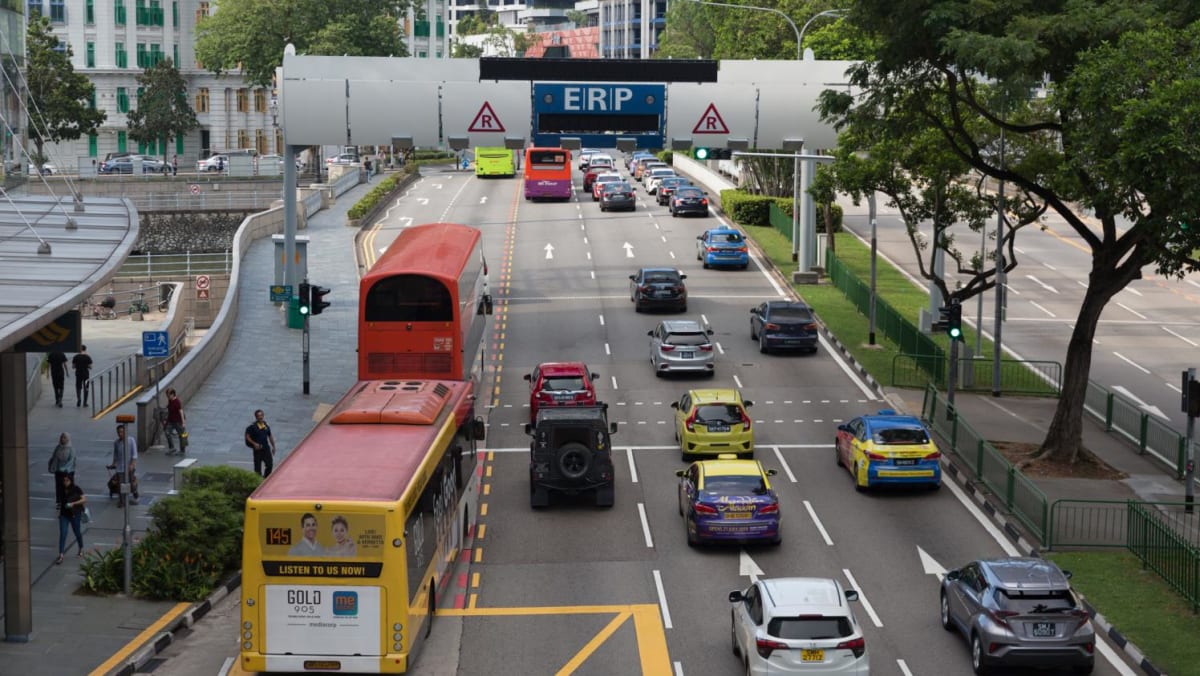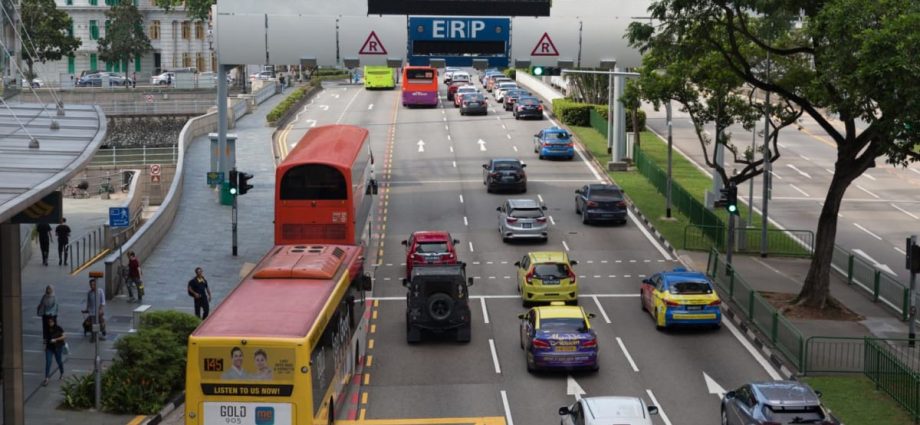
CHANGING OUR LONGSTANDING RELATIONSHIP WITH CARS
One key strategy for achieving sustainable mobility is to be a car-lite society, and Singapore has been working at it for more than 20 years.
It is a well-known fact that the cost of private car ownership in Singapore is high and prohibitive. Certificate of Entitlement (COE) prices have hit all-time highs for various categories in 2022 and this year.
It is hardly surprising then, that as at 2022, Singapore’s private car ownership rate sits at about 11 per cent based on vehicle and total population figures by the Land Transport Authority (LTA) and SingStat, respectively. This figure is comparable to Hong Kong’s rate of 9 per cent, which Singapore often benchmarks our public transport system to.
However, why does it feel like there are more cars in Singapore than the figure suggests? That is because about 35 per cent of resident households in Singapore own a car, and this is probably more aligned with our personal observations.
Prohibitive pricing puts cars out of reach for most, yet it also further entrenches cars as a symbol of status and prestige. Owning and driving a car was one of five indicators of success for many Singaporeans growing up. While some might say that societal norms and aspirations have shifted, the car remains a visual representation of the Singapore dream.
What is more concerning for sustainability is that car owners tend to drive more, not because they need to, but because they can. Petrol costs, parking fees, and even Electronic Road Pricing (ERP) hardly deter car owners from driving.
On the contrary, having paid a significant amount for their cars, they are likely to drive more often to maximise utility. Perceptions that driving offers greater convenience and autonomy only strengthen this case.
Simply put, there is little incentive and weak persuasion for car owners to leave their cars idle. There is, therefore, a need to dislodge this entrenched relationship we have with cars.

